Nagoya Tourism Information

Nagoya is the centre of the Chubu Region. Taking just under two hours from Tokyo and under one hour from Osaka or Kyoto by the Shinkansen bullet train. (see image below). A bustling city with lots of culture, entertainment and open spaces to enjoy relaxed walks, peaceful parks and countryside scenery towards the outskirts of the city. Although not as busy as Tokyo, Nagoya is full of life and it’s a true Japanese city true to it’s heritage and roots where it feels relaxed and the atmosphere is calm yet dynamic.
Traditional industries like ceramics and textiles as well as key modern industries like automobiles, aviation and machine tools have also developed in Nagoya. The city plays an important role in Japan's industrial society, employment, research and development. However more recently it is also expanding its potential as a touristic city, today, Nagoya continues to draw attention and keeps on developing as a great Japanese international city not to miss on your travels!
The best time to visit Nagoya is during the spring when the scenic cherry blossoms are in full bloom, and then during the Autumn, to catch the changing of the leave colours.
Summers are also popular, with a number of festivals in the city, but the humidity can be very high in Japan so its best to avoid it, as well, as it is the high season, so a lot of people will be out and about and accommodation will be more expensive.
Winters are generally also pleasant, with clear skies generally and little precipitation, though the day temperatures are not higher than 10 °C.
To reach Nagoya the most common way is to travel by Shinkansen, the high speed rail bullet train, famous in Japan. Travel times are drastically reduced from any city in Japan to a few hours. When travelling from Tokyo it takes just under 2 hours, and under one hour if coming from nearby Kyoto or Osaka. Trains are frequent, running untill the late evening or after midnight on some routes. Check the website Hyperdia for more info on times and fares.

When arriving directly into Nagoya by air, there are busses and trains which can connect you to the city centre. By train take the Meitetsu Line from Centrair Japan Intl Airport Station to Nagoya station in only 28 minutes for 1230 Yen. When you arrive to Nagoya Station you can change trains to Shinkansen bullet train, JR lines, Kintetsu lines, and Nagoya subway lines. If you prefer to go by bus, there are direct bus services to major cities in Central Japan. It is easy to arrive at Downtown Nagoya (Sakae) with "Centrair Limousine" direct bus service. It costs 1200 yen but takes one hour trip. There are other bus services to other cities including Kyoto, LEGOLAND Resort, Shizuoka, Tokoname or Toyota.
Once in Nagoya, the public transport is very simple to understand, as opposed to Tokyo, Nagoya has only 6 metro lines all integrated under one system. Busses are modern, and include translation in English for stops. You can buy day travel passes for all the transport system. They cost 850 Yen for 1 day unlimited travel on the busses and metro, 740 Yen for only metro and 600 Yen for a weekend day (and public holidays) valid for both transport modes. Below you can find the button link for the transportation maps in Nagoya, available to download.
✔️Tip: Apply for tourist discount: Nagoya is attracting tourism by giving a discount on certain services . If you hold a foreign passport you can get discounts on the transportation and shopping, in selected stores. To enquire more about these discounts just take your passport to the tourism information centre located at Oasis 21 centre and receive special offers!
Additionally for those active in travelling and taking public transport, Nagoya has created a sightseeing bus route line which has direct stops at the most important and popular places in the city. Named the "Me~guru", it’s a recognisable golden colour bus which leaves every 20 to 30 minutes starting at the main train station. It works every day of the week except for Monday's. It's free if you have bought a public transport day pass ticket (otherwise it costs 500 yen for a day pass). Please check Nagoya Bus Me-Guru for more information about this line.
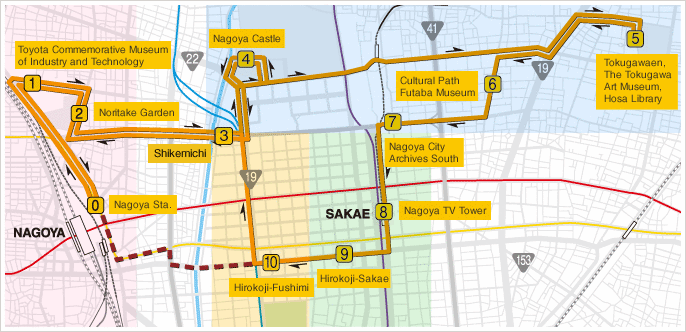
Nagoya has a long history dating back 1900 years. Nagoya is especially defined by its history after the establishment of Nagoya Castle, the main attraction to visit. The City of Nagoya held the World Design Expo in 1989, and that experience led Nagoya to further emphasize its appearance as well as the city’s infrastructure. Nagoya is trying to become a safe and convenient city while practicing innovation in design that allows its citizens to live comfortably. For example, night illumination not only makes the city attractive but reduces crime. Nagoya is setting the standards high and transforming itself to offer both locals and visitors a first class city in which to live in. Preservation of historical town areas, (including those of Arimatsu and Shikemichi), are prioritised to keep Nogoya original, but with a twist in urban design with a historical appearance and modern infrastructure. Whether your visit is just for a few hours or staying a few days, make sure you make the most of what Nagoya has to offer!
Below you can find the main points of interest of the city:
- Nagoya castle: In 1610, Ieyasu Tokugawa began construction of Nagoya Castle as a castle residence for his son Yoshinao. It was lost to flames during WWII, but the large donjon (approx. 48 m) with golden "shachi" ornaments adorning its roof and the small donjon (approx. 24 m) were rebuilt in 1959. The castle grounds are big, with plenty of nice walks and it's possible to visit adjacent buildings included in your ticket. Entry to the castle is 500 Yen and is located close by Shiyakusho Station. (Meijo line) or you can also get there by the sightseeing tour bus.
✔️Tip: As you enter the main entrance there are local tour guides who are willing to show you around the castle grounds for free. They are very friendly and speak good English. As well, they offer good information and assistance on transportation if you want to visit other places after the castle.
- The Tokugawa Art Museum & Tokugawaen gardens: Tokugawaen is a Japanese garden with walkways winding around a central pond symbolising the ocean. The waterfall and steam utilise the differences in elevation to create an enjoyable, dynamic landscape. The park was once a residence of the old samurai manor can still be seen in the black gate at the en-trance. Mid- to late April is the best time to view peonies; June for Japanese iries, and late November for autumn leaves. The entrance to the gardens is 300 Yen. There is also the Art museum which has permanent exhibits of the tools of the Owari Tokugawa feudal lords, such as Japanese swords and armour, tea ceremony utensils, and Noh costumes. Be sure not to miss the limited-time displays of the Tale of Genji picture scrolls (designated a National Treasure), and the China dolls and Doll Festival. Entry to the museum is 1.400 Yen. To get there take the sightseeing tour bus or the closest metro station is Morishita Station. (Meitetsu-Seto Line)
- Nagoya tv Tower: from here you can view the city and far across a range of mountains including Mt. Ontake and Mt. Hakusan from the 90-meter high Sky Deck and 100-meter high Sky Balcony. The tower is very recognizable from the distance, having a unique similarity to the Eiffel Tower in Paris. It is located in Hisaya-Odori Park, the very centre of Nagoya. Built in 1954, Nagoya TV Tower is the first consolidated radio tower built in Japan. The tower was made into a registered cultural property in 2005, and was renovated with a reopening on April 26, 2012. It costs 700 yen to access the tower. Closest metro station is Sakae Station (Higashiyama Line and the Meijo Line).
- Sakae: is the location of Nagoya's shopping centre and entertainment district. Featuring numerous department stores, shopping malls, cafes and restaurants. You will certainly enjoy shopping and dining there. Wherever you are in Sakae, you can also see the beautiful TV Tower and enjoy the views at night.In addition you can find the Aichi Performing Arts Theatre, the Aichi Fine Art Museum, the Sunshine Sakae shopping mall (with it's big wheel)and the Oasis 21 centre. (see below).
The main attraction in Sakae is the ferris wheel, which flanks the façade of Sunshine Sakae mall. This can be accessed from the third floor of the building. Called Sky Boat, it is 42 meters in diameter and consists of 28 glass gondolas.A complete ride takes about 15 minutes and allows you to admire the city at your leisure.
✔️Tip: It is best done at night when the city is ablaze with thousands of lights and the giant screen of the Sunshine Sakae roof is on, only visible from the top of the Ferris wheel.
- Oasis 21: Perhaps the most beautiful (at night) part of Sakae is Oasis 21. It was established in 2002, as an environmentally friendly multi-level park of unique architecture with a “Spaceship Aqua” as its symbol. It is a huge circular glass structure filled with water which makes wonderful flows of light. You can enjoy the walk around this glass structure above the ground. The ground level features the green field, with amazing trees and flowers where you can just sit on a bench and relax in the beautiful surroundings. It is also the place for numerous shops and restaurants located below, or you can choose to see some of the performances they often organize in the evenings. Closest metro station is Sakae Station (Higashiyama Line and the Meijo Line).
- Sky Promenade Observation deck: located at the top of Midland Square, the tallest tower in Nagoya, and 5th in Japan. The tower is situated in the heart of the city, right next to Nagoya Station. The Sky Promenade is a beautiful, open-air space, at 247-meter high. It has huge glass windows in all directions, providing a 360-degree panoramic view. There are multiple levels to walk around, and the entire deck is so big that it gives visitors a spacious and somewhat private experience to enjoy the view, as opposed to the large crowds fighting to see out of the same window that happens in many observatories. The roof is open, exposing visitors to the elements. During the summer a beer garden is set up in the Sky Promenade, which gives visitors a chance to eat and drink while gazing at the best view in town.Opened in 2007, Midland Square (officially called the Toyota-Mainichi Building) houses many companies (including Toyota and the Mainichi Shimbun Newspapers), a movie theatre, and a shopping mall. The Sky Promenade observation deck is open from 11:00am to 10:00pm, (with last entry at 9:30pm) for most of the year. (closes one early in Winter). Entry costs 750 yen for adults. There are also full-day tickets that allow you multiple re-entries throughout the day that cost 1,050. The closest metro station is Nagoya Station.
- Osu Kannon Temple and the Osu Shopping District: Osu Kannon Temple is located in, Nakaku-ku, Osu area. Its principle image is the Sho-Kannon Avalokiteśvara Buddha. It is one of Japan’s three hallowed grounds of the deity of mercy. It was originally located in Mino-no Osu but was moved in in 1612. It is considered one of Nagoya’s temples of luck and houses a Hotei Statue. At the temple is the Shinpukuji Bunko (Shinpukuji Library) which holds old manuscripts, including some of the oldest, and rare books. Although a five-storied pagoda was built during the Edo period (1603-1868), it was destroyed during the war along with the main hall. In 1970 the main hall was rebuilt. To get there take the metro to Osu Kannon Station (Tsurumai Line) and walk to the temple for 3 minutes and you will find it to your left.
After visiting the temple, look right, (facing the temple) and you will see the entrance to the Osu Shopping District. It has existed for 400 years as the commercial streets serving the locals around the Buddhist temples.The area now boasts more than 1,200 businesses, ranging from establishments of very long standing to shops that are brand-new.The Osu Shopping District also is a place where visitors from abroad can enjoy traditional Japanese art-craft, shopping, souvenirs, food-snacks, drinks and restaurants for all budgets.
- The Futaba Museum: is the former home of Japan’s first actress, Sadayakko Kawakami, and Momosuke Fukuzawa, a power station pioneer and tycoon. The house, was built in 1920, but originally located in Higashi-Futaba-cho. It was relocated to its current location in 2000 and restoration was completed in 2005. The residence is now a designated cultural property.The house, nicknamed the “Futaba Palace”, had a revolutionary design and the interior was stocked with electrical fittings that were groundbreaking at the time. Such was the influence of the occupants, that the house was regularly visited by political, financial, and cultural guests.Guided tours are available, which last 30 minutes but are conducted in Japanese, though a detailed English leaflet is available. Entry is 200 Yen.The closest metro station is Takaoka Station (Sakuradori Line) or you can take the sightseeing bus which has a stop right outside the museum.
Located in Gifu, about 30 minutes by train from Nagoya, the Great Buddha of Gifu in Shoho-ji Temple is one of the three most important and biggest Buddha statues in Japan. It is about 13 meters high and it is unique for being made of bamboo plaster with golden leaves. It stands in the main hall and surrounding the great Daibutsu there are some much smaller figures, his disciples. Inside the temple there is also the Buddha representing perfect health which is believed to have healing powers. Entry is 200 yen.
To get there take the JR line to Gifu Station and then take bus N80 Bound for Takatomi, at the bus station (stop 12). The ride takes 15 min.
Nagoya is packed with lively bars and nightclubs, mostly centred around the main railway station and the Sakae shopping district.
Check with the tourist office for the latest listings.
Nagoya is one of the best cities outside Tokyo for shopping, particularly for fashion and jewellery. The range available in the city’s department stores is particularly impressive and caters to all tastes and budgets. The underground shopping malls are also great places to pick up a bargain.
Key areas to shop are in Sakae, the busiest and most popular part of the city, and near Nagoya Station. This is where you can nd the major department stores and shopping malls. For street-level shopping with a stronger local link, the area around the shopping arcade near Osu Kannon temple offers a nice atmosphere and several small clothes and crafts shops and cafés. Electronics stores can be found around Nagoya Station.
There’s a massive Takashimaya department store at the main entrance to JR Nagoya Station. In Sakae, there are more branches of Matsuzakaya as well as Mitsukoshi, Parco, Loft and Lachic department stores.



If you plan to visit Japan and travel to Mount Fuji as well as other cities close to Nagoya then making this city your base is a good idea, due to its location, transport links and because it's more economical than staying in other major cities like Tokyo. However, as in all Japan, accommodation for foreigners is expensive, but Nagoya does offer some good rates if you looking to stay longer. There are luxury hotels in the city, right down to budget hostels and private accommodation via Airbnb or Booking.com, so all pockets are catered for. As a general rule you can find Hotels around €45 a night. It's advised to find accommodation near to a metro station, for ease of transport.
Nagoya's city centre can be seen easily in a day or two, the Nagoya Castle being the key attraction if you are coming for only a day visit, however to maximise your stay and see most of the city and visit some attractions then 3 nights would be enough to see most of Nagoya. Also consider making Nagoya a base if you are travelling around the region, as there are a lot of days trips you can make from the city, including Kyoto, Mount Fuji or Osaka as well as smaller towns and countryside escapes for those seeking nature.
Nagoya Photo Slide 📷

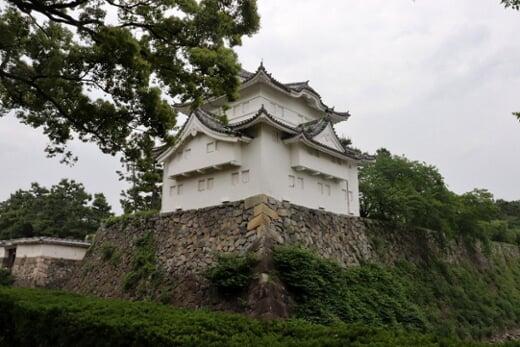
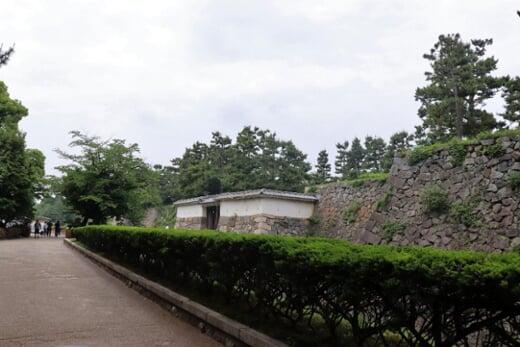
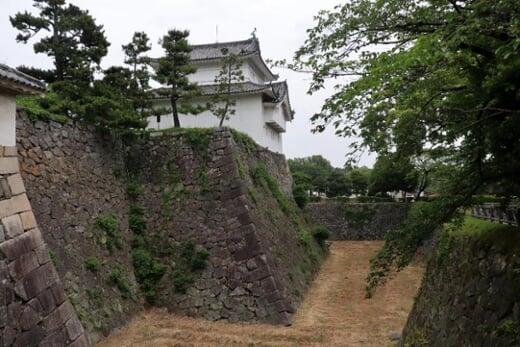
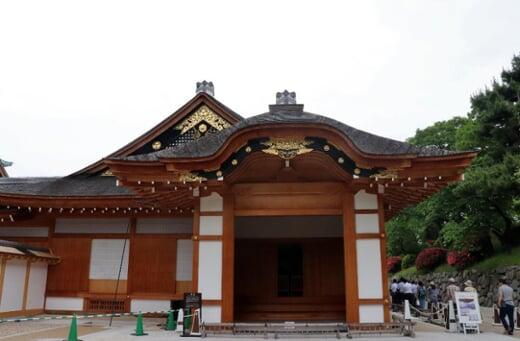
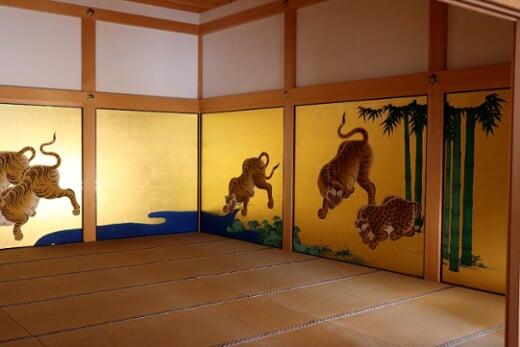
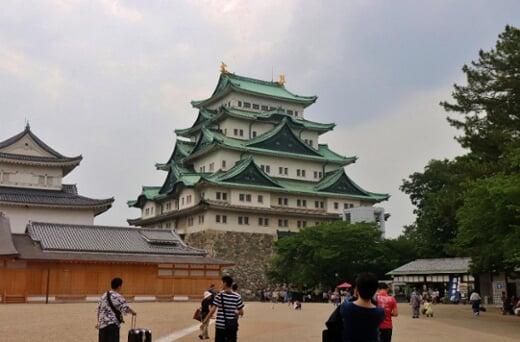
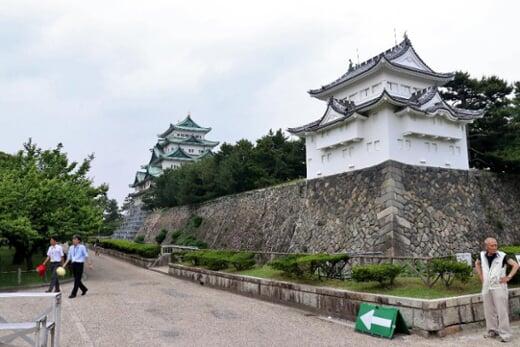
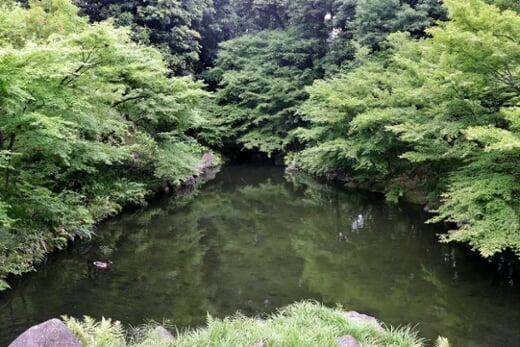
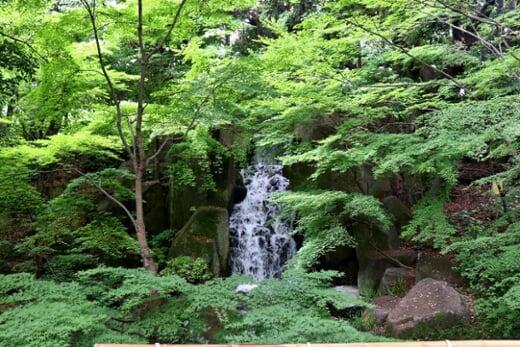
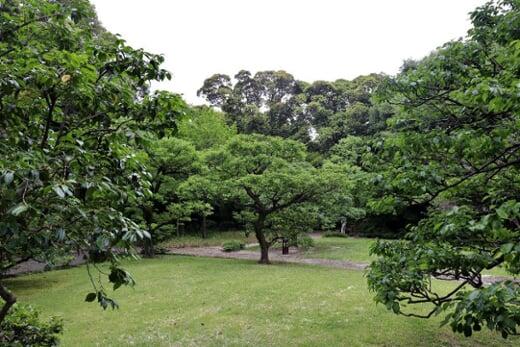
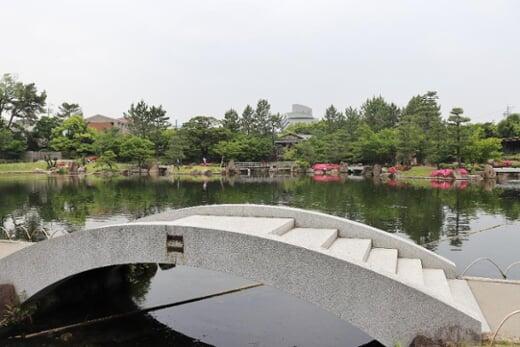

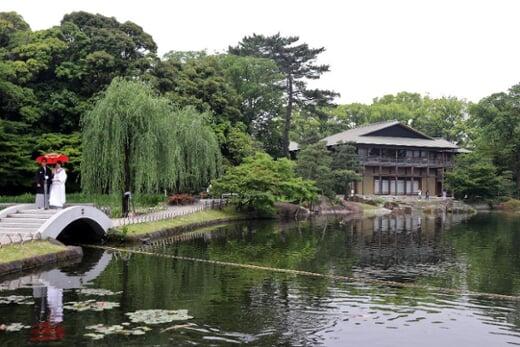
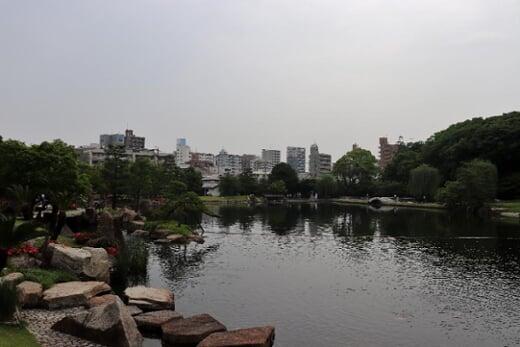
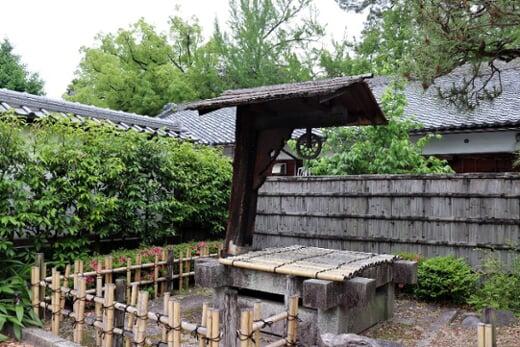
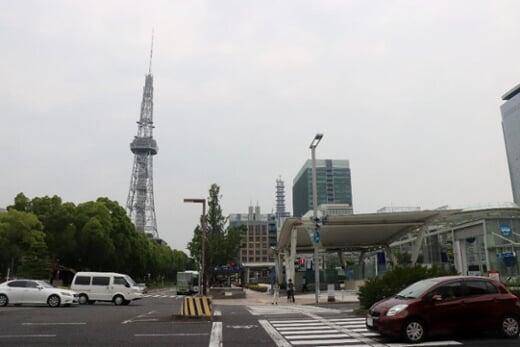
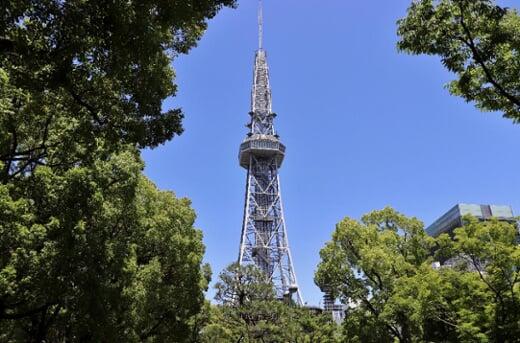
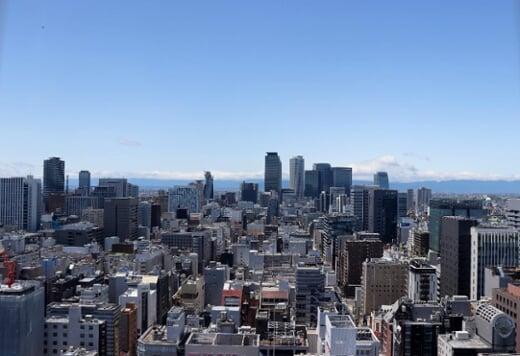
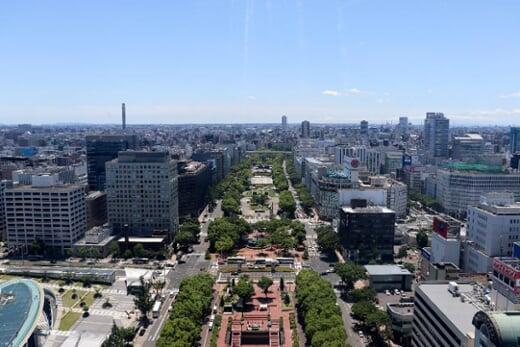
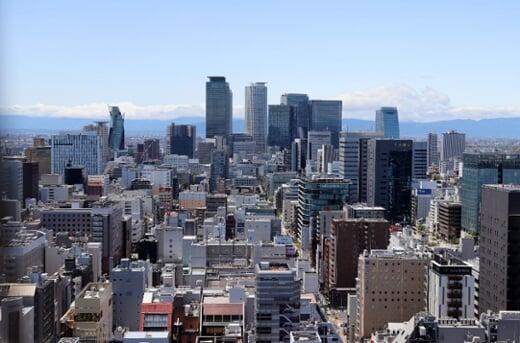
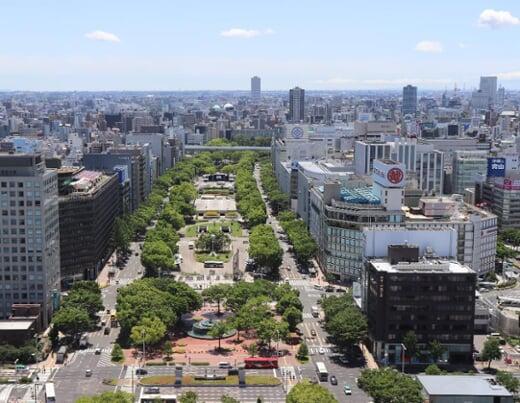
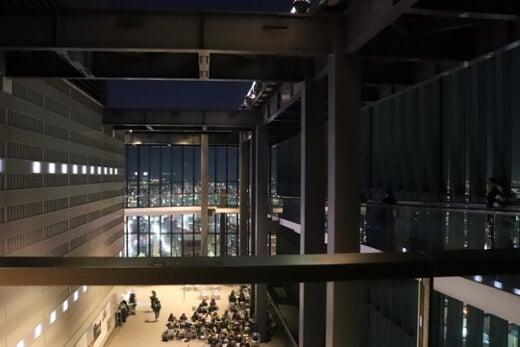
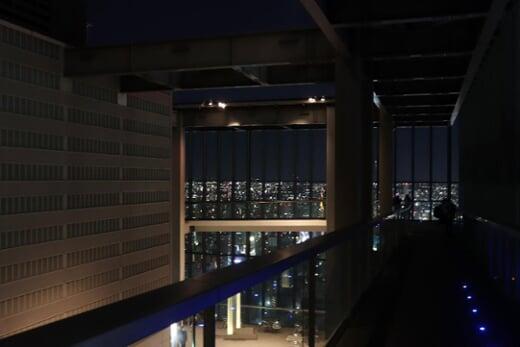
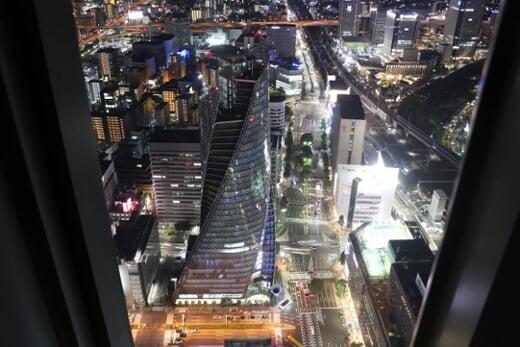
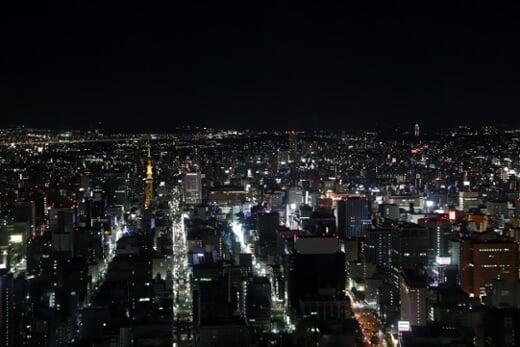
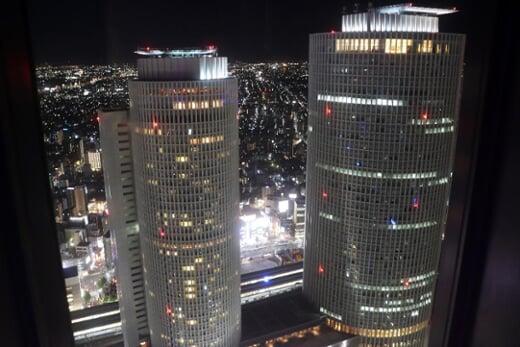
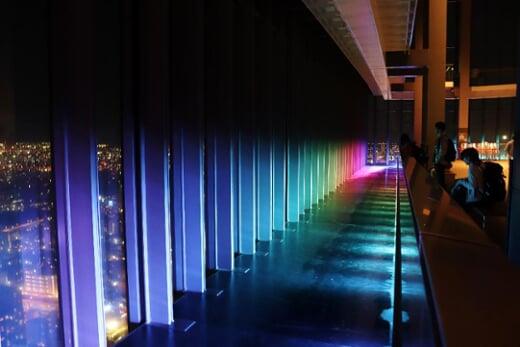
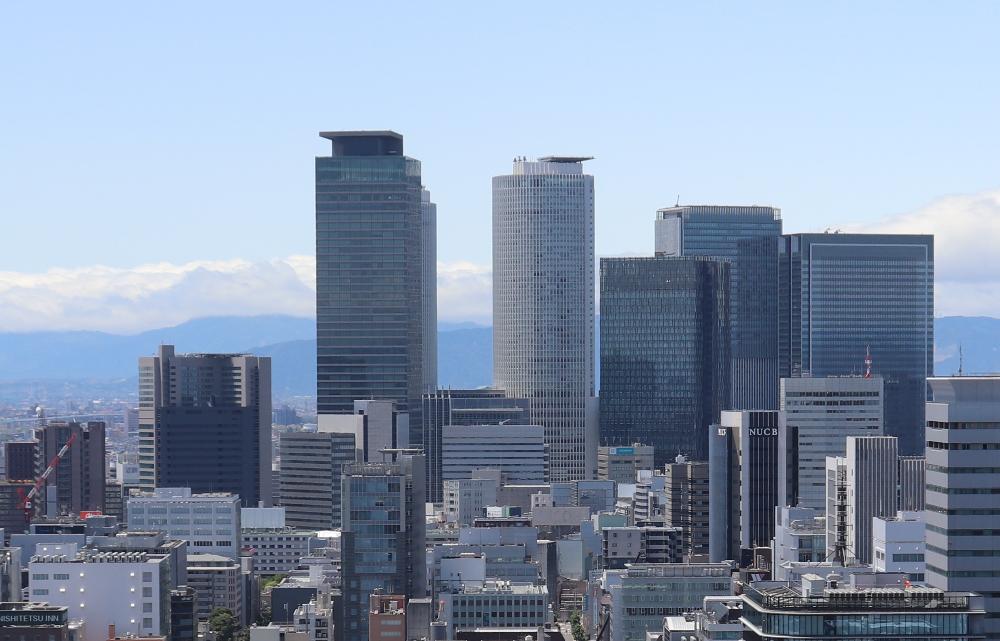
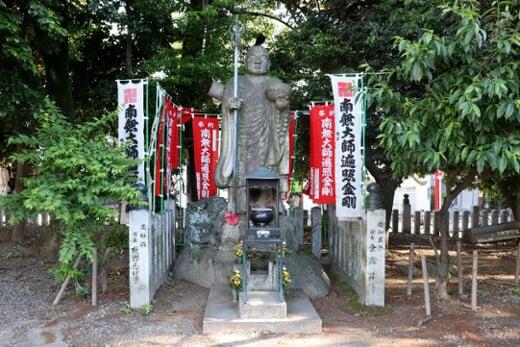
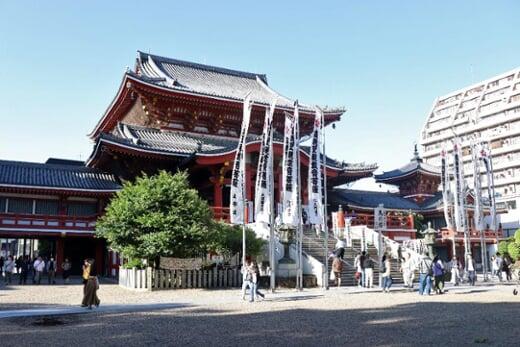
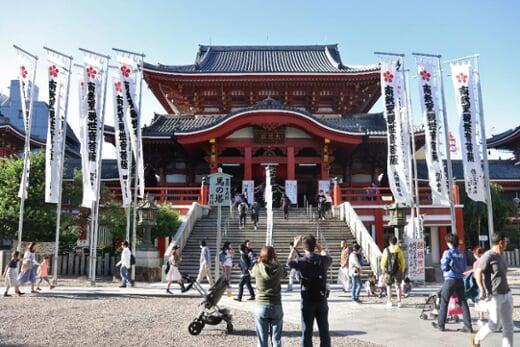
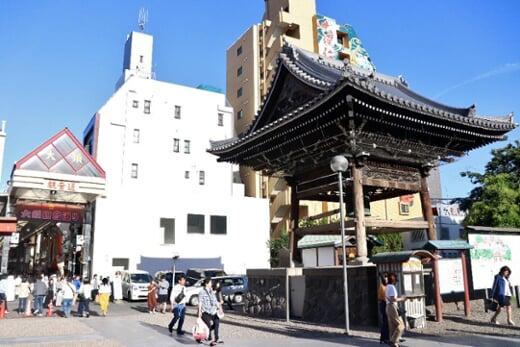
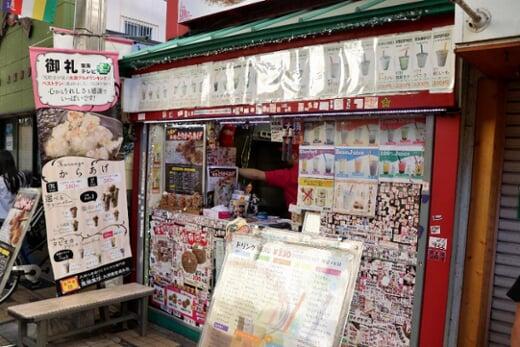
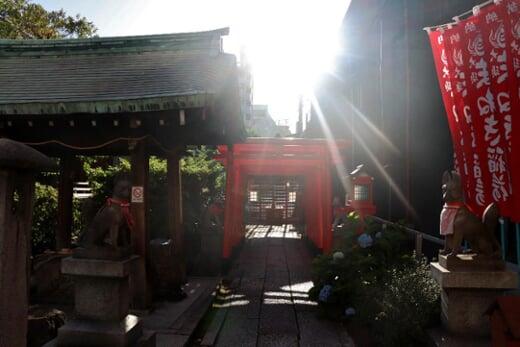
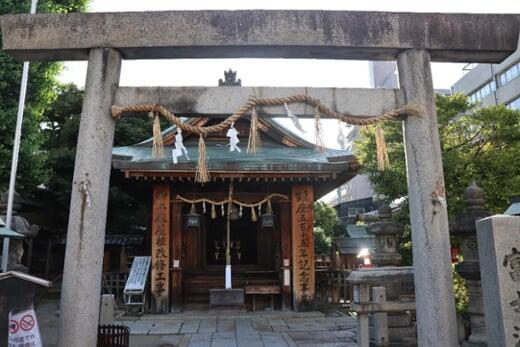
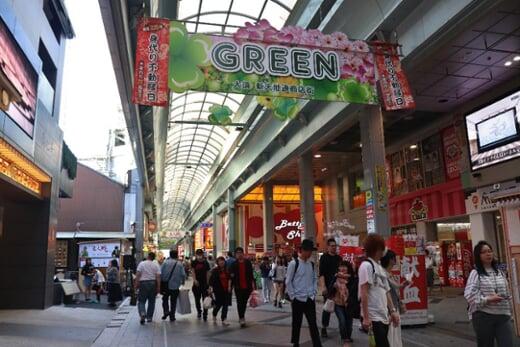
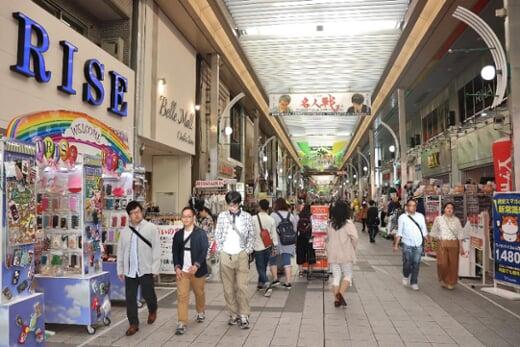
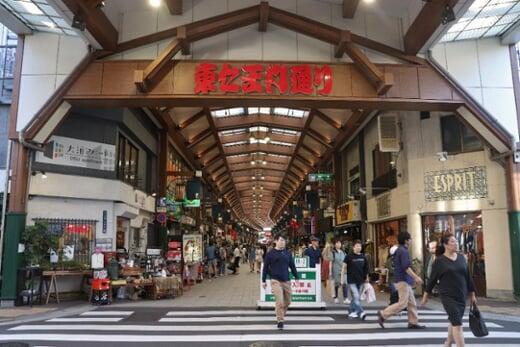
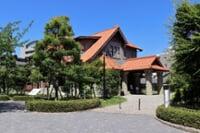
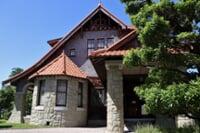
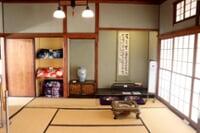
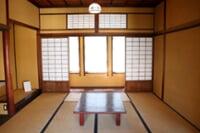
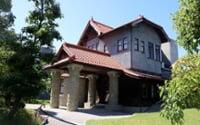

































.png)